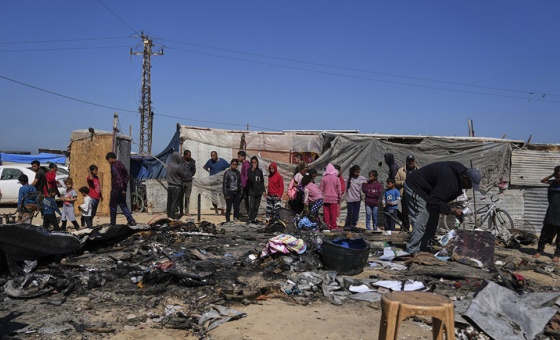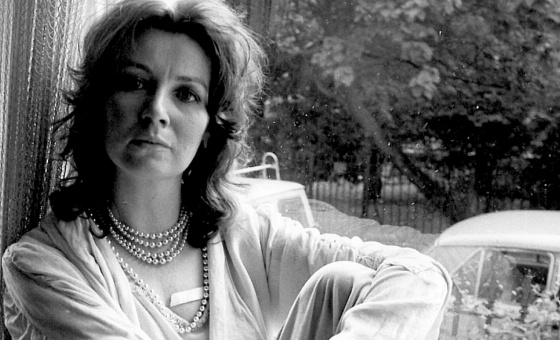This is the last article you can read this month
You can read more article this month
You can read more articles this month
Sorry your limit is up for this month
Reset on:
Please help support the Morning Star by subscribing here
A People’s History of the French Revolution
by Eric Hazan
(Verso, £20.00)
TWO images dominate the popular iconography of the French revolution — the storming of the Bastille and the Terror tumbrils carrying their “innocent” victims to the guillotine.
It is startling to realise that these two episodes — signalling the opening triumph and what is often regarded as the bloody demise of the event that more than any other shaped our modern world — covered only five years.
From 1789 to 1794 France exploded with political energy and French author and publisher Eric Hazan details the day-by-day progress of that chaotic time.
His title A People’s History immediately raises issues. People with a capital P, like Terror with a capital T, is one of those useful portmanteau terms so misused by political manipulators.
Inevitably the people — here the Parisian sans culottes and notably their women folk and swathes of the provincial French peasantry — provided the footsoldiers and at key moments the driving force demanding that their “representatives” in the Convention act, often reluctantly, in their interests.
Hazan, like all historians of the revolution, interprets as he describes the ongoing power struggles between the Moderates (reactionaries), the Girondins (broadly liberals) the Jacobins (the left) and the Enrages (far left).
Inevitably, against the feudal backcloth, there was no tradition of party politics and this opened the way for shifting loyalties within these factions led by charismatic leaders like Jean-Paul Marat, Georges Danton and Maximilian Robespierre (below).
Oddly, Hazan denies the Marxist analysis that the revolution — like its earlier British counterpart — was essentially a bourgeois movement against the restrictions on freedom of the ancien regime.
He notes that the Third Estate element at the Estates General Assembly forced on the King in 1789 consisted principally of lawyers, along with businessmen, bankers and industrialists, but “did not include either artisans or peasants,” and yet he argues naively that his research reveals scarcely “a single (use of the term) bourgeois.”
Even if the leaders of the revolution, particularly Marat and Robespierre, did not recognise themselves as working to free capitalism from the suffocation of feudalism, subsequent history bears this out in spades.
Hazan makes the case that the increasing centralised control leading to ruthless suppression of provincial resistance to the dominance of Paris was essentially acting against the potential federalist splintering of France, particularly at a time when it faced foreign wars.
Robespierre, a pacifist who saw the “vertu” (purity) of the revolution umbilically linked to terror — “Terror is nothing but prompt, severe, inflexible justice… an emanation of virtue” — inevitably takes centre stage.
Hazan defends this enigmatic figure who in the name of equality promoted free education, common property rights of spouses, equal inheritance rights for sons and daughters including children born out of wedlock, communal homes providing peace and dignity for the old and the abolition of colonial slavery.
He sees a man whose downfall came about through his uncompromising and ruthless determination to establish a new order on daily life.
Hazan argues that the Jacobins’ failure was owing to “the social fear aroused by their programme and the contradictions between the realism of the revolutionary government and the demands of the popular movement.”
It calls to mind the observation that “all history is contemporary,” which is never truer than with reference to the French Revolution.
GORDON PARSONS





